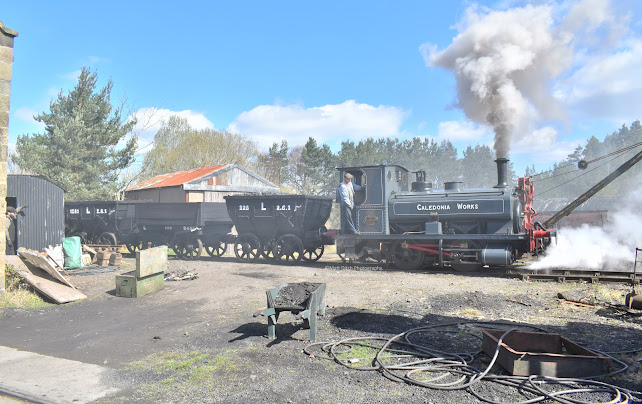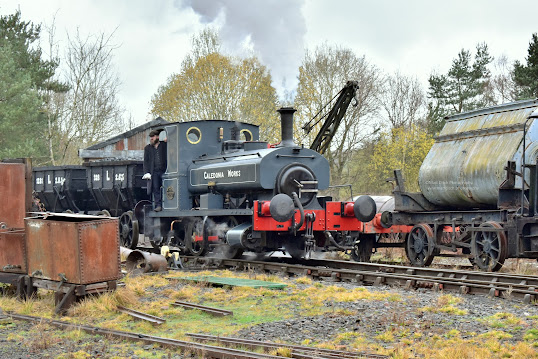Picture of the day 12/04/23 - 1219 at Beamish (again)

My previous visit to Beamish was in less-than-ideal conditions (rain!). So, when I found out visiting Andrew Barclay No.1219 would be running during the week I decided to make another visit. thankfully the weather was much nicer! And, I was able to record a video of it shunting. Which I'll release this weekend on my Youtube channel (Matt Ditch Photography) The attached image shows 1219 passing by the colliery engine shed with a rake of Chaldron wagons. The full gallery can be found here

